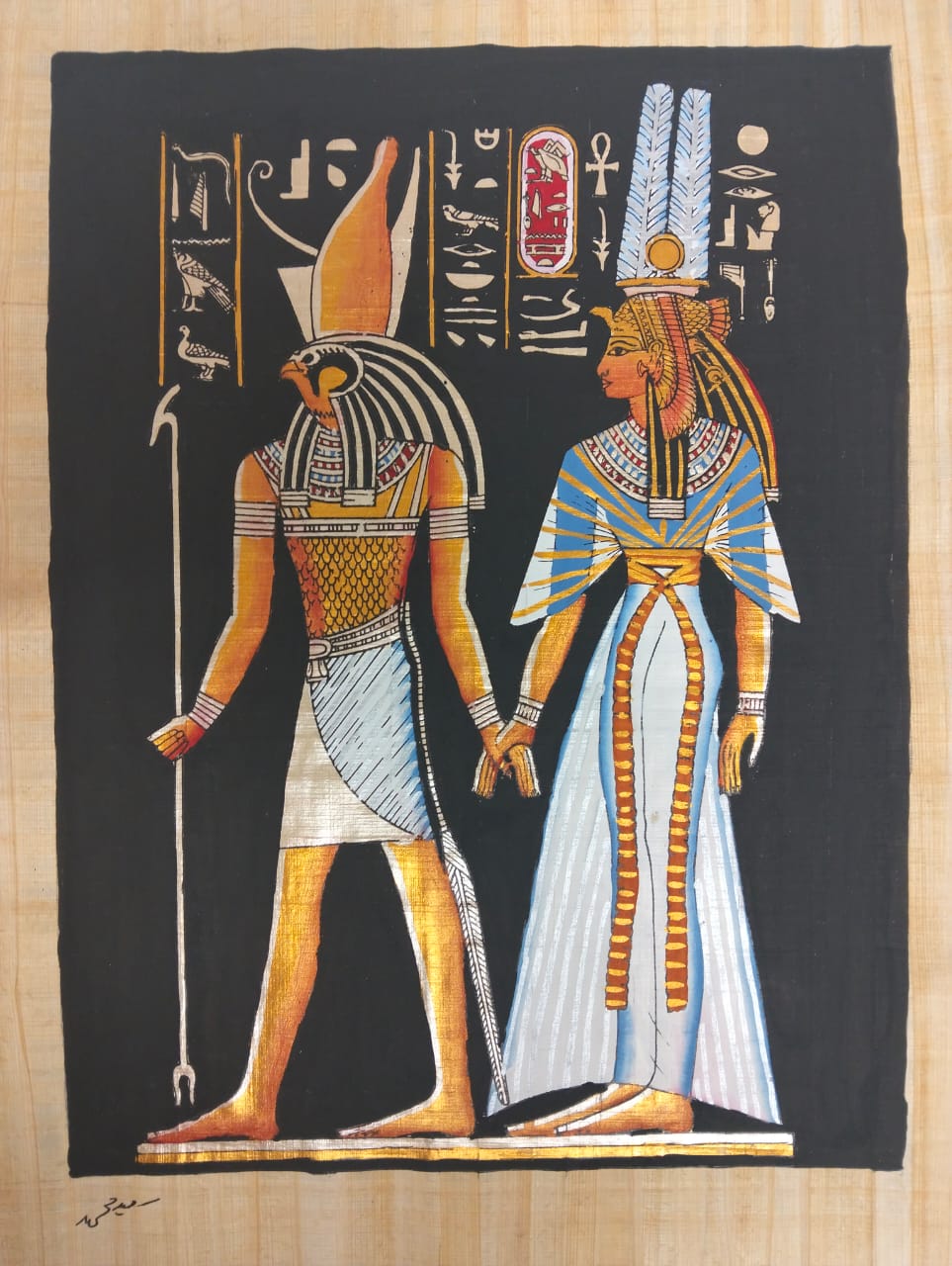King Horus and Queen Hatshepsut
King Horus and Queen Hatshepsut are two important figures in ancient Egyptian history.
King Horus
Horus is an ancient Egyptian god who is considered a symbol of royalty and power. He was considered the son of the god Osiris and the goddess Isis. Horus is usually depicted as a falcon or a man with the head of a falcon.
Queen Hatshepsut
Hatshepsut is one of the most famous queens in ancient Egyptian history. She was the daughter of King Thutmose I and the wife of King Thutmose II. Hatshepsut ruled Egypt for approximately 20 years, from 1479 to 1458 BCE.
The Relationship between Horus and Hatshepsut
Some inscriptions and wall paintings show Hatshepsut depicted with the god Horus, indicating the respect and esteem in which Hatshepsut was held. Hatshepsut also considered herself an incarnation of the goddess Hathor, who was a symbol of beauty and fertility.
Hatshepsut’s Achievements
1. Trade with Punt: Hatshepsut led a trade expedition to Punt, which was an important source of goods such as ivory and gold.
2. Architecture and Building: Hatshepsut commissioned the construction of many temples and buildings, including the Temple of Deir el-Bahri in Luxor.
3. Military Expansion: Hatshepsut expanded Egypt’s borders during her reign, leading military campaigns in Nubia and Syria.
Importance of Hatshepsut
1. One of the most famous queens in ancient Egyptian history: Hatshepsut is considered one of the most famous queens in ancient Egyptian history, known for her strong and intelligent personality.
2. Architectural and Commercial Achievements: Hatshepsut was a pioneer in architecture and building, and she also led successful trade expeditions.
3. Influence on Art and Culture: Hatshepsut had a significant impact on art and culture in ancient Egypt, inspiring many works of art and literature


Reviews
There are no reviews yet.